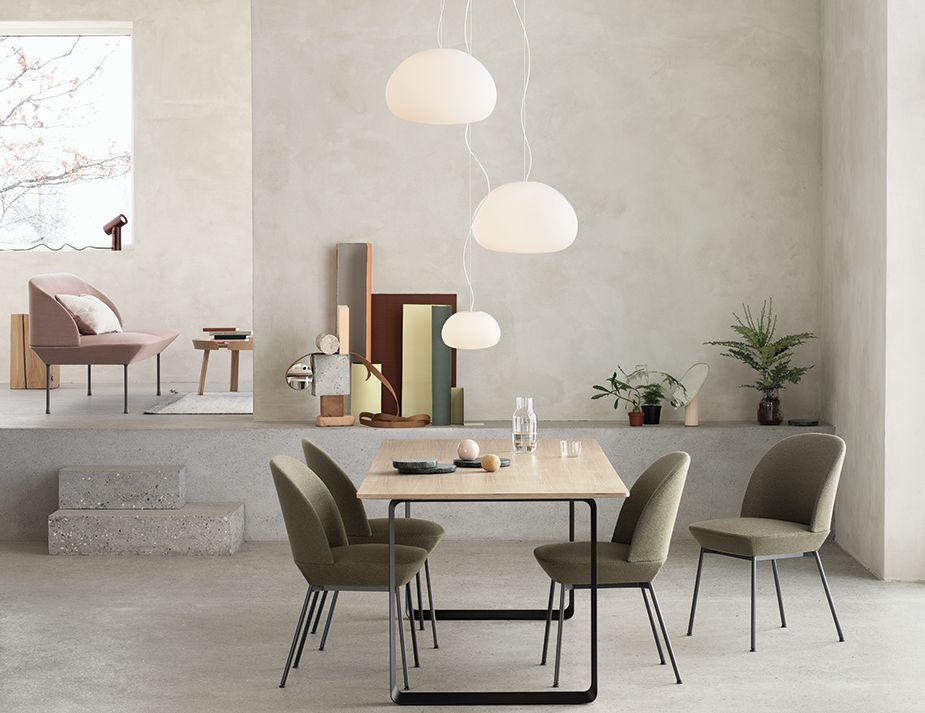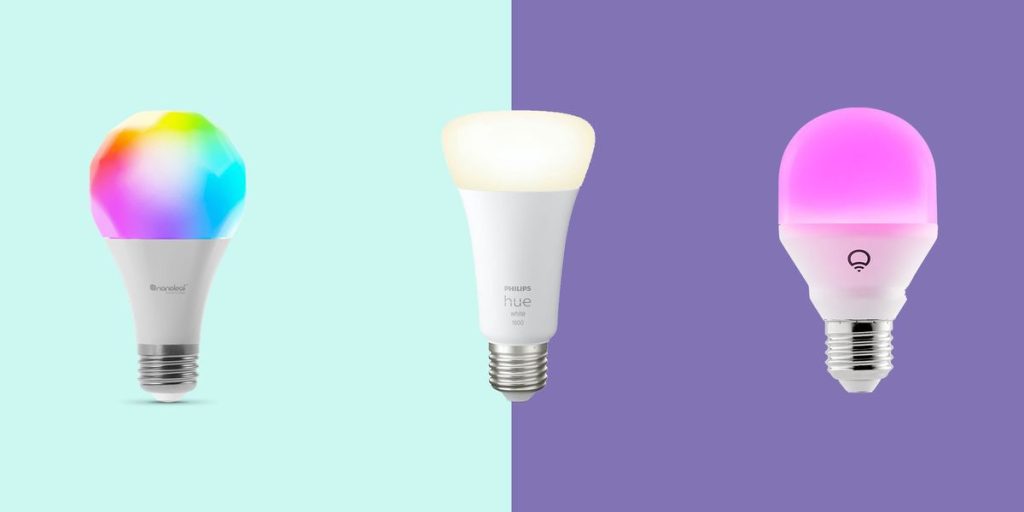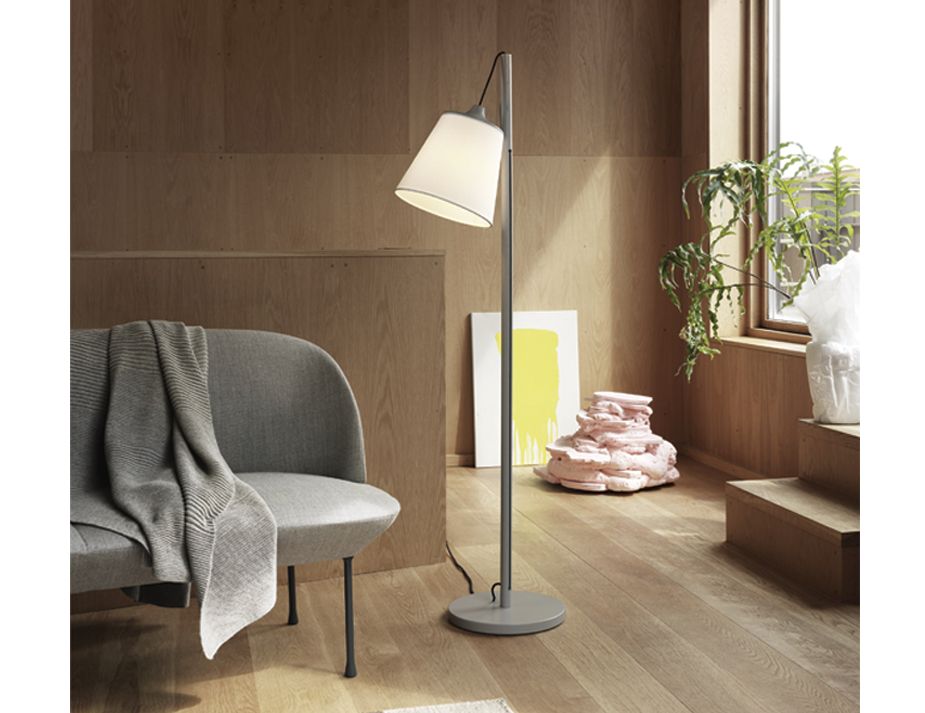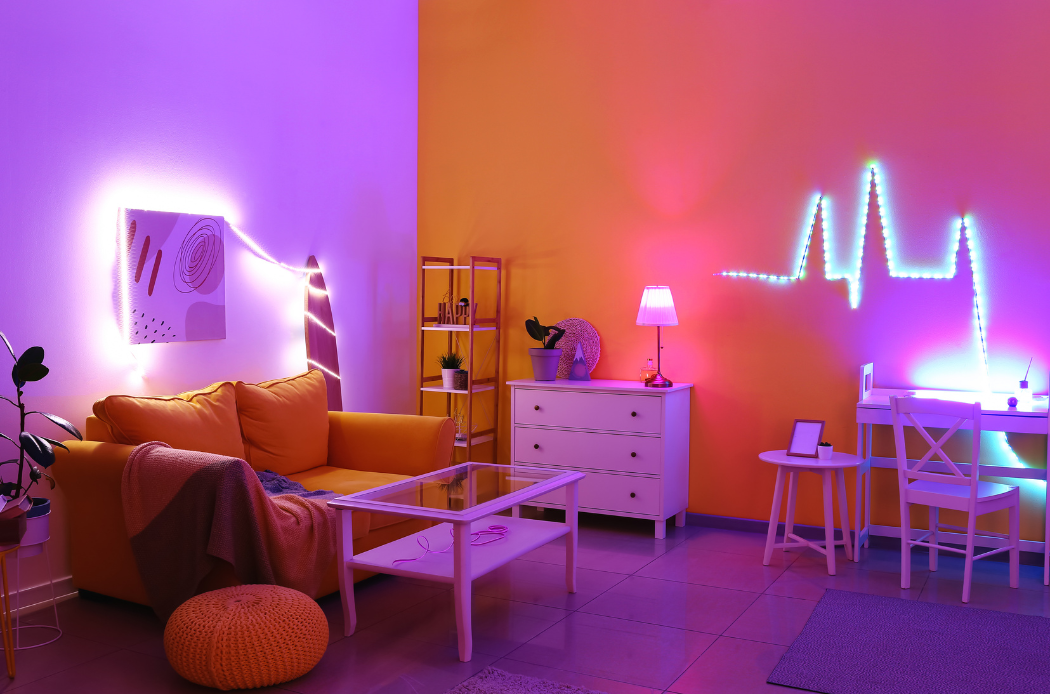
Top 5 Interior Lighting Design Ideas
Illuminate Your Space with the Right Lighting
Lighting is not just about visibility; it’s a key element in creating the desired ambience in any space.
Proper lighting can elevate a room’s aesthetic, set the mood, and even impact our well-being. In this blog, we’ll explore how the right lighting choices can completely transform your living spaces, making them more inviting, functional, and stylish.

Mastering Layered Lighting for Enhanced Atmosphere
Layered lighting is the cornerstone of effective interior lighting design. It involves the strategic use of ambient, task, and accent lighting to achieve a harmonious balance. Ambient lighting provides overall illumination, task lighting focuses on specific areas for activities like reading or cooking, and accent lighting highlights architectural features or artwork.
In the living room, combine a central ceiling fixture (ambient) with floor lamps near seating areas (task), and use track lighting to showcase artwork (accent). In the kitchen, overhead recessed lighting (ambient) works well with under-cabinet lights for countertop tasks (task), and pendant lights over the island can serve as both task and accent lighting. This approach not only enhances the functionality of each room but also adds depth and dimension, making your spaces more dynamic and inviting.

Accentuate with Statement Interior Lighting Fixtures
Elevate your interior design with statement lighting fixtures. These pieces are not just sources of light; they are artwork. From grand chandeliers to sculptural floor lamps, these fixtures can transform any room into a showcase. The key is choosing a piece that reflects your style and complements the room’s decor.
Where you place these fixtures is crucial. In the living room, a large overhead fixture can become a central focal point. In the dining area, consider a striking pendant light above the table. Even in smaller spaces like hallways, a unique wall sconce can add a touch of elegance. Remember, the goal is to create a visual impact that enhances the overall ambience.

Embracing the Future with Smart Interior Lighting Solutions
Smart lighting is changing the game in home interiors. These advanced lighting solutions offer control and customization like never before. With features like dimming, colour change, and integration with home automation systems, smart lights provide both convenience and energy efficiency.
Incorporating smart lighting into your home is simple. Start with smart bulbs in your existing fixtures for instant control. Consider smart LED strips under cabinets or along stairways for a modern look. Use app-controlled settings to create different moods for various occasions, or sync your lights with your daily schedule. Smart lighting not only adds convenience but also helps in reducing energy consumption, making it a smart choice for eco-conscious homeowners.

Harnessing the Power of Natural Light
Maximizing natural light can transform the energy and mood of any room. Start by choosing light, reflective colours for walls and floors. These hues bounce light around, making spaces feel brighter and more open.
Strategically placed mirrors can work wonders by reflecting natural light, especially when positioned opposite windows. Consider also the role of window treatments. Sheer curtains or translucent blinds allow more light while offering privacy. Skylights and larger windows are more significant investments but can dramatically increase natural illumination in your home.

Playing with Colour and Texture in Interior Lighting
Coloured lights bring a dynamic and playful element to interior lighting. Use LED strips or coloured bulbs to add a pop of colour and create different ambiences. Ideal for accent lighting, coloured lights can highlight architectural features or artworks.
Textured lighting fixtures add depth and character to your lighting design. Experiment with lampshades featuring patterns or materials like frosted glass, which cast intriguing shadows and patterns. These elements can add a layer of sophistication and visual interest to your space.

Illuminate Your Home with Confidence
We’ve explored various innovative lighting ideas, from statement fixtures to smart solutions, and ways to maximize natural light. We also delved into the creative use of colour and texture in lighting. Each idea offers a unique way to enhance the ambience of your home. I encourage you to experiment with these techniques. Find the perfect balance of functionality and style that reflects your personality and transforms your space. Illuminate your home with confidence and creativity!

Frequently Asked Questions
nTo determine the right amount of lights for a room, consider the space’s size and how it’s used. A general guideline is to have a mix of light sources at varying heights and intensities to adequately illuminate the room without overdoing it.n
nThe number of LED downlights needed per room depends on the room’s size, ceiling height, and the desired level of brightness. A general guideline is one downlight for every 1.5 to 2 square meters of ceiling space, but this can vary based on specific lighting needs and preferences.n
nA good rule of thumb for home lighting is to have a variety of light sources at different levels to create a visually dynamic space. Aim for at least three types of lighting in each room to cover ambient, task, and accent needs.n
nThe ideal lighting colour for a living room is warm white to soft white (2700K to 3000K), creating a cozy and inviting atmosphere. This temperature range is flattering to spaces and furnishings, providing a comfortable ambience.n
